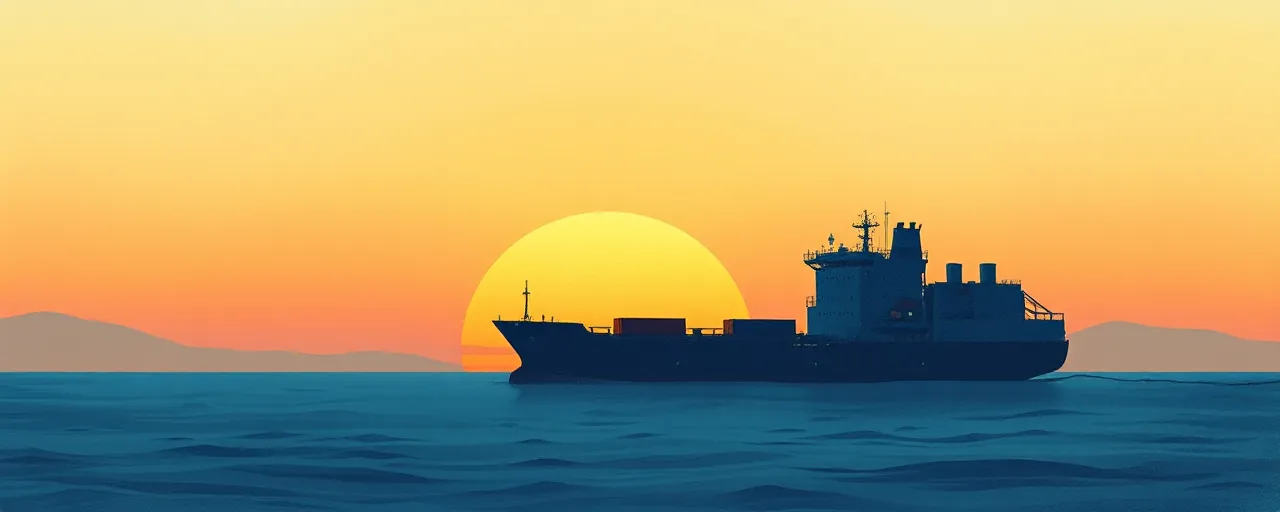A Record Seizure at Sea
In a sweeping operation off the coast of Florida, the U.S. Coast Guard unloaded a staggering haul: over 44,550 pounds of cocaine and 3,880 pounds of marijuana, valued at roughly $509.9 million. The drugs, seized in international waters of the Eastern Pacific Ocean, were offloaded at Port Everglades on April 9, marking one of the largest interdictions in recent memory. The operation, led by the Panama Express Strike Force, involved multiple agencies working in tandem to disrupt drug trafficking networks.
The sheer scale of the seizure underscores the persistent challenge of curbing the flow of illegal drugs into the United States. Beyond the numbers, the operation revealed the sophisticated tactics used by traffickers and the evolving strategies employed by law enforcement to counter them. It also raised questions about the broader impact of such efforts on communities affected by drug trade, both domestically and abroad.
Unraveling the Operation
The Panama Express Strike Force, a coalition including the U.S. Immigration and Customs Enforcement, Coast Guard Investigative Service, Drug Enforcement Administration, FBI, and federal prosecutors, executed 11 interdictions between January and February. Using drones, helicopters, and patrol aircraft, the team intercepted go-fast vessels and low-profile boats across a vast stretch of ocean, from Ecuador to Costa Rica. In one instance, a drone spotted a suspicious vessel 260 miles off Ecuador’s coast, leading to the seizure of over 2,025 pounds of cocaine and the detention of three suspects.
These efforts targeted groups like the Sinaloa Cartel and Jalisco New Generation Cartel, known for trafficking cocaine, fentanyl, and other drugs. The operation yielded not just drugs but also 34 detained suspects, now facing federal prosecution. Intelligence gathered during these interdictions offers a rare glimpse into the operations of transnational criminal networks, though dismantling them remains a daunting task.
A Broader Fight Against Trafficking
The Eastern Pacific Ocean has long served as a highway for drug smuggling, with its vast waters offering cover for traffickers moving cocaine from Latin America to North America. Recent data shows Mexican cartels increasingly rely on maritime routes, using everything from fishing boats to semi-submersibles to evade detection. The involvement of Pacific Island nations as transit points further complicates enforcement, as local communities grapple with rising addiction and crime linked to these routes.
Yet interdictions alone don’t tell the full story. While seizing half a billion dollars in drugs disrupts cartel finances, these groups often adapt, forging new alliances or shifting to synthetic drugs like fentanyl, which is cheaper to produce and harder to trace. Law enforcement agencies argue that operations like this one weaken criminal networks by cutting off revenue and gathering evidence for prosecutions. Others point out that without addressing demand or root causes like poverty in source countries, the cycle of trafficking persists.
Technology’s Role in Enforcement
Drones played a pivotal role in this operation, spotting vessels in remote waters where traditional patrols struggle to reach. The Coast Guard’s use of unmanned systems, paired with real-time data from patrol aircraft, allowed teams to track and intercept boats with precision. This mirrors a broader trend: agencies worldwide, from the Royal Navy to the U.S. Navy, are deploying advanced sensors and autonomous vessels to monitor smuggling corridors. These tools stretch limited resources but face hurdles, like syncing data across agencies under tight timelines.
Traffickers, too, have embraced technology, using encrypted communications and even their own drones to scout routes or move small drug loads. This cat-and-mouse game highlights a stark reality: as enforcement evolves, so do the methods of those it seeks to stop. The reliance on tech raises questions about balancing innovation with the need for human judgment in high-stakes operations.
What the Seizure Means
The offloading of drugs in Florida was more than a logistical feat; it was a public signal of resolve in a decades-long effort to curb trafficking. For communities plagued by drug-related violence or addiction, operations like this offer a glimmer of hope, even if temporary. The detention of 34 suspects and the disruption of cartel revenue streams could weaken their grip, at least for a moment. Yet the haul also reflects the enormity of the challenge, with billions of dollars in drugs still flowing through global networks each year.
Looking ahead, the fight against trafficking hinges on more than seizures. Collaboration across borders, investment in prevention, and policies tackling both supply and demand remain critical. For now, the Coast Guard’s haul stands as a snapshot of a larger struggle, one where victories are hard-won and the finish line feels perpetually out of reach.
